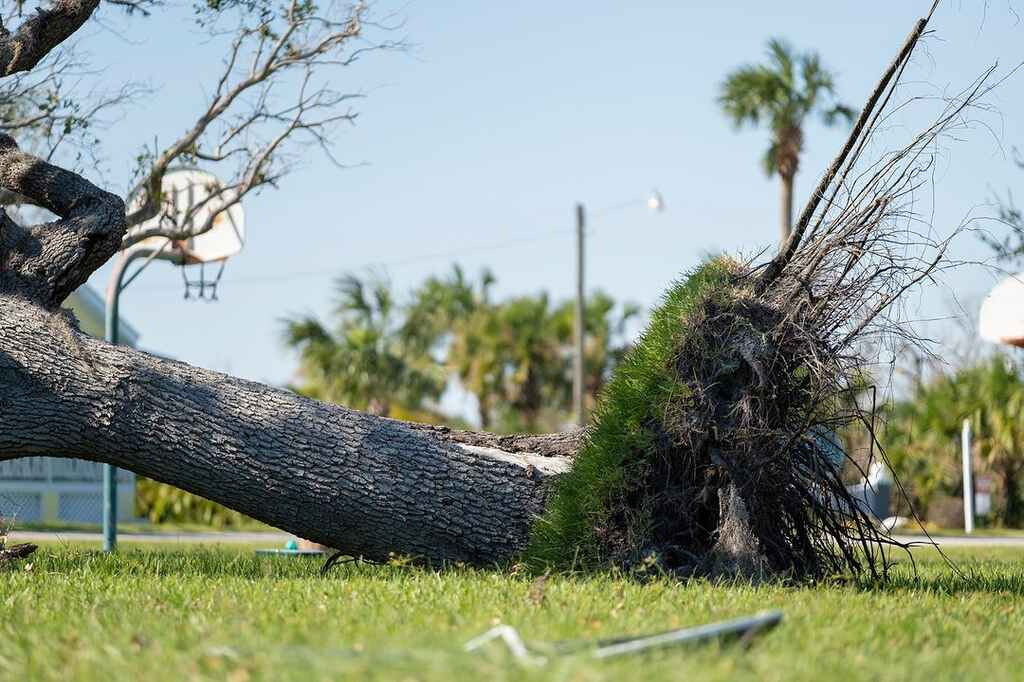Tree removal can be a necessary task for homeowners in Toronto for a variety of reasons, including disease, damage, or safety concerns. Proper preparation is key to ensuring that the process is safe, efficient, and minimally disruptive.
Here are some steps homeowners should take when preparing for tree removal in Toronto or elsewhere to make successful tree removal.
Assess the Current Situation
Before moving forward with tree removal, it is crucial to assess the situation. Consider the condition of the tree and why removal is necessary. If the tree is diseased, damaged, or poses a risk to nearby structures or power lines, professional removal may be the safest option.
In Toronto, homeowners are also encouraged to consult the city’s by-laws regarding tree removal on private property. Toronto’s Urban Forestry by-law may require a permit if the tree is on public land or if it meets certain size criteria.
Hire a Professional Arborist
Tree removal is a complex and difficult ask that requires specialized knowledge and equipment. Hiring a professional arborist ensures that the job is done safely and efficiently. In Toronto, licensed arborists are required to follow industry best practices, which includes having the proper tools and training to handle potentially hazardous situations.
A reputable arborist will assess the tree, provide a removal plan, and ensure that it is disposed of properly.
Clear the Area
The area around the tree should be cleared of obstacles before the removal process begins. This includes vehicles, outdoor furniture, children’s play equipment, and any other items that might be in the way. You may also need to trim or remove landscaping around the tree, such as hedges or plants, to give the arborist clear access to the trunk and branches.
Consider the impact on your neighbors as well. If the tree is close to a fence or property line, inform them ahead of time. Proper communication can help prevent misunderstandings and allow for better planning, especially if the removal involves large equipment or the tree’s branches extend into their yard.
Plan for Tree Disposal
Once the tree has been removed, there will be debris to deal with. Many tree removal companies offer additional services such as chipping the branches into mulch or hauling away the stump. However, you may also want to plan for the disposal of the tree yourself.
In Toronto, you can inquire with the waste management service about tree disposal options. Some cities offer large-item collection services, while others may require you to take the tree to a designated drop-off location.
Be sure to inquire about guidelines for disposing of the tree and its parts to avoid additional charges or waste-related penalties.
Consider Stump Removal
In most cases, the tree removal process leaves behind a stump. Homeowners should decide whether to have the stump ground down or left in place. Stump grinding involves using specialized equipment to remove the stump and roots, leaving behind a level surface. This can prevent future issues such as tripping hazards, root growth, and pest infestations.
Alternatively, if you plan to replant a tree or use the space for another purpose, stump removal may be necessary. Discuss this with your arborist beforehand to get a clear understanding of the costs and options available.
Conclusion
Proper preparation for tree removal in Toronto ensures the process goes smoothly. By assessing the situation, hiring a professional arborist, clearing the area, planning for disposal, and considering stump removal, homeowners can minimize disruption and ensure the safety of their property.
Whether it’s for a dying tree or safety concerns, taking the right steps can make tree removal a manageable task.

